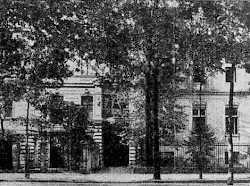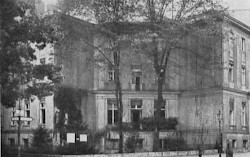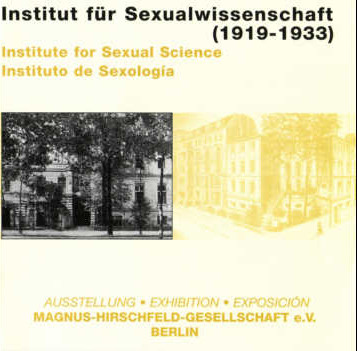The Number One Address in Berlin
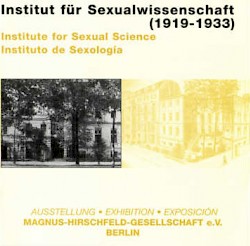
On July 6, 1919, Magnus Hirschfeld made an old dream come true: the Institute for Sexual Sience was inaugurated. During the Weimar Republic’s initial phase of political emergence, Hirschfeld attempted to establish sexual sience as an autonomous discipline by founding the Institute. 6

In 1918/1919, Hirschfeld, therefore, set up a foundation “for the advancement of scientific research into all aspects of sexual life and of sex education”. The Dr. Magnus Hirschfeld Foundation was recognized as a charitable organization. Both Foundation and Institute were backed – anonymously – by wealthy benefactors because fees and rental failed to meet the Institute’s running costs.
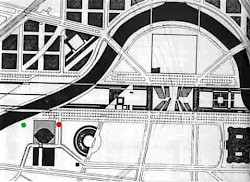

On the one hand, the Institute for Sexual Sience perceived itself as an institution involved in counseling work, treatment of patients and sex education and, on the other, as a place of research harnessing its findings for the benefit of envisaged sexual reforms. Several sexual-political organizations had their headquarters at the Institute. This diverse orientation made the Institute the number one address for those threatened by prevailing sex laws. By linking sexual research and sexual policies, it became a unique institution in the world, drawing visitors from all spheres of society – politics, science and the arts.

